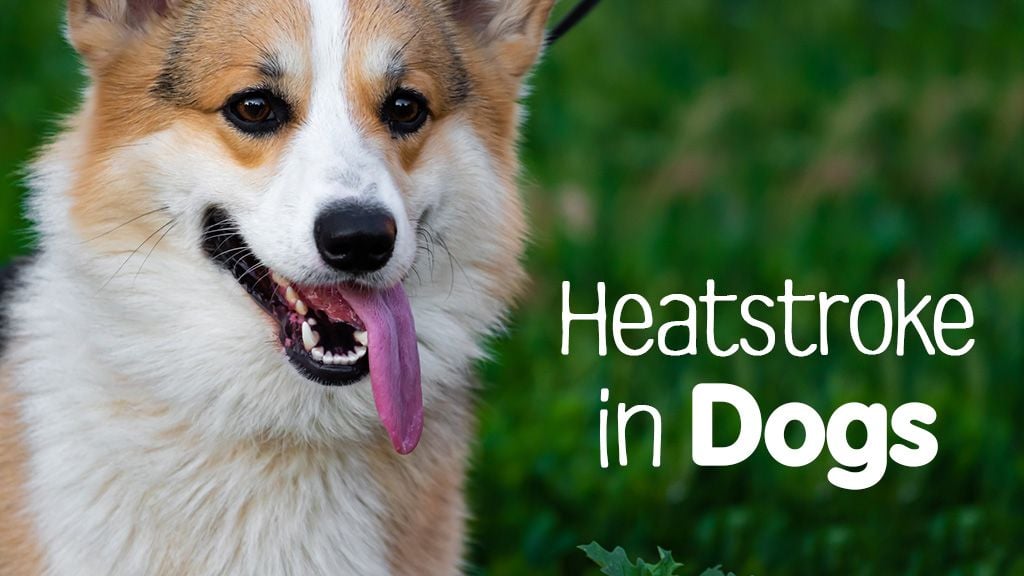Heatstroke in Dogs
)
It’s a myth that dogs don’t have sweat glands. Your dog actually has some in their footpads to help with heat dissipation, but not nearly enough to stop them from overheating.
Instead, dogs cool themselves down by panting. But, if it’s too hot outside, or they’ve overdone it on their walk and their body temperature rises too high - they might not be able to lower their body temperature fast enough.
That’s when dogs can succumb to heatstroke.
Heatstroke can be prevented if early signs of heat stress such as excessive panting and agitation are observed and managed early. A dog's normal temperature is around 38.0°C, when it rises to 40.0°C there is a problem.
Causes of heatstroke in dogs
Any hot environment can cause heatstroke for dogs, but the most common cases involve leaving pets in hot cars, over-exertion, or failing to provide water and shade to dogs.
However certain risk factors also increase the likelihood of developing heatstroke:
Overweight
Old dogs
Long-haired and double-coated breeds
Brachycephalic breeds (flat-nosed, like pugs or bulldogs)
Very active or working dogs
Symptoms of heatstroke in dogs
Signs of heat stroke:
Excessive panting
Unwillingness to move around, or collapse
Drooling
Reddened gums
Increased heart rate
Vomiting
Diarrhoea
Seizures
Heatstroke can be a severe and life-threatening condition for dogs.
If your pet’s temperature rises above 40.0°C, has reddened gums, rapid heart rate, breathing distress, vomiting, mental depression, seizures or is wobbly, seek veterinary attention immediately, this is an emergency.
Tips to help a pet with heat stress:
If you believe your pet is suffering from heat stress you must remove your pet from the hot environment immediately and try to cool your pet down by using cool (not cold) water.
Relocate to a cool room such as an air-conditioned room
Cool your pet using cool (not cold) water
Soak wet towels in cold ice water and place them on the pet, hanging them as soon as they become warm
Use ice packs wrapped in a towel against the inner thigh area
Offer water to drink regularly
Turn fans on and direct at your pet
Use cooling mats, vests, or collars
Take the temperature every 5 minutes to ensure it is dropping
It is important not to cool your pet too quickly or below normal body temperature - avoid direct ice. Once the temperature returns to 39°C dry your pet, remove all ice packs and cold towels, and monitor
Heatstroke and Heat stress prevention for dogs:
Heatstroke and heat stress in dogs can be prevented by taking caution to the temperature and weather conditions.
Early recognition of symptoms is also key to preventing heat stress and heatstroke.
To help lower the risk:
Ensure your pet has access to a cool, shaded environment
Do not leave your pet in direct sunlight
Keep your pet indoors in an air-conditioned room on high alert days
Avoid rooms that commonly overheat such as the garage, sunny backyard
Avoid exercising on a hot day, even avoid throwing a toy or ball at home
Never leave a pet unattended in the car, even if only for a few minutes
Always have fresh cool water accessible
Change water every few hours to keep it cool
| Tags:DogClient InformationHealth AdviceProactive Pet Care |
&geometry(126x115))